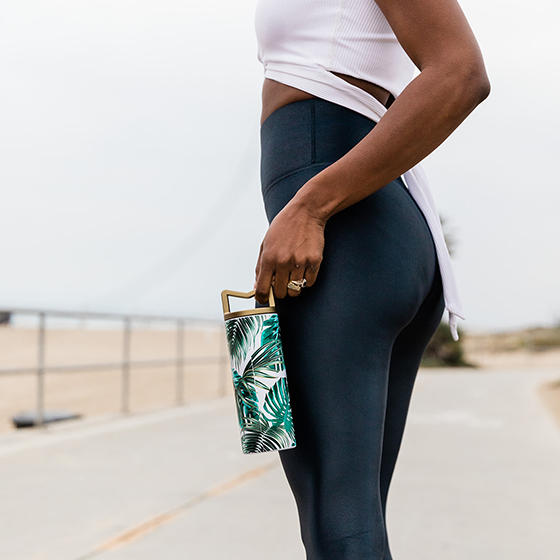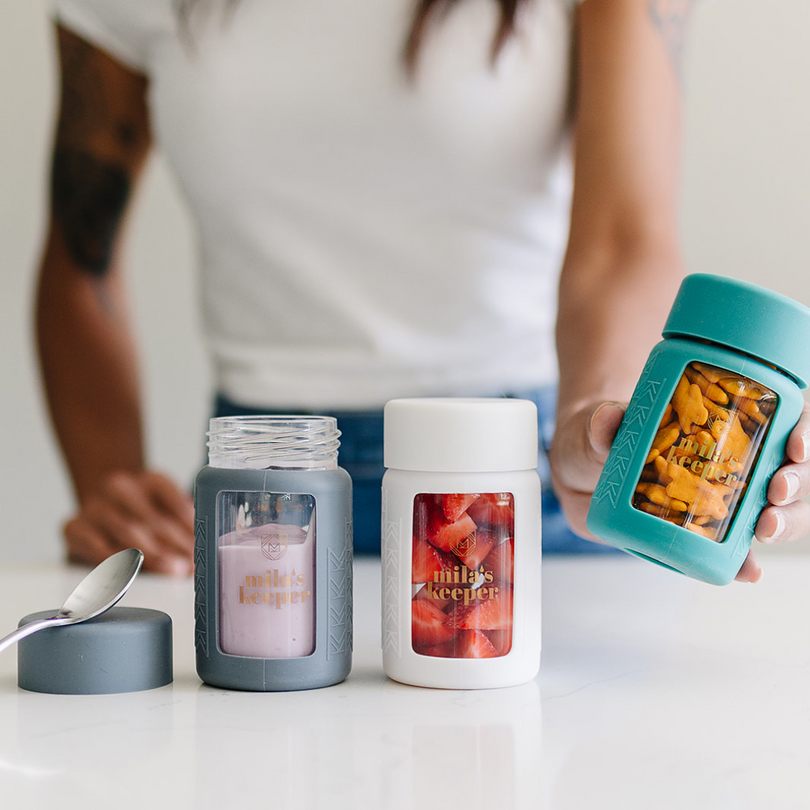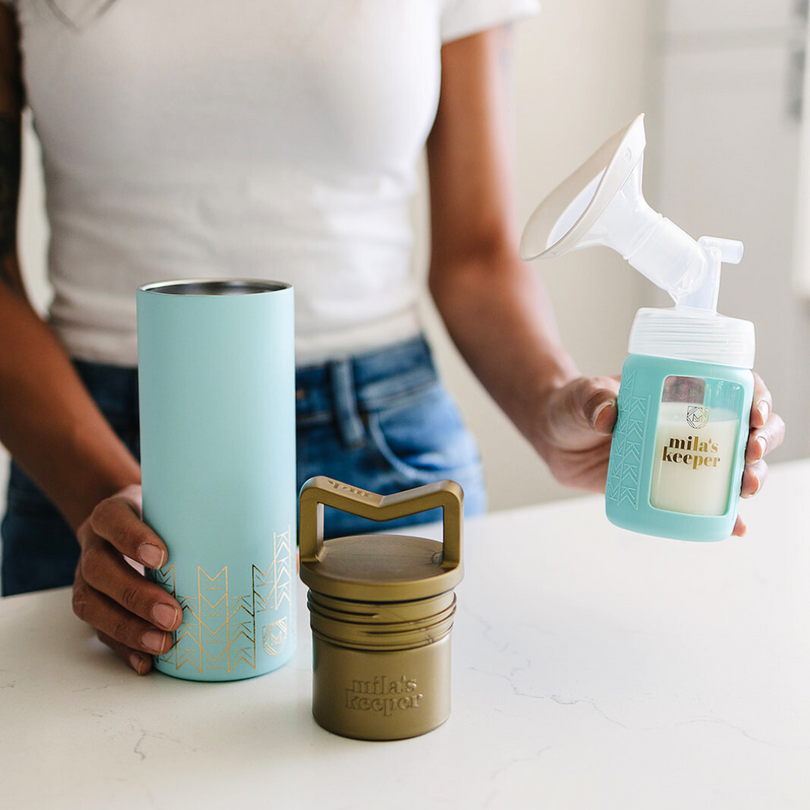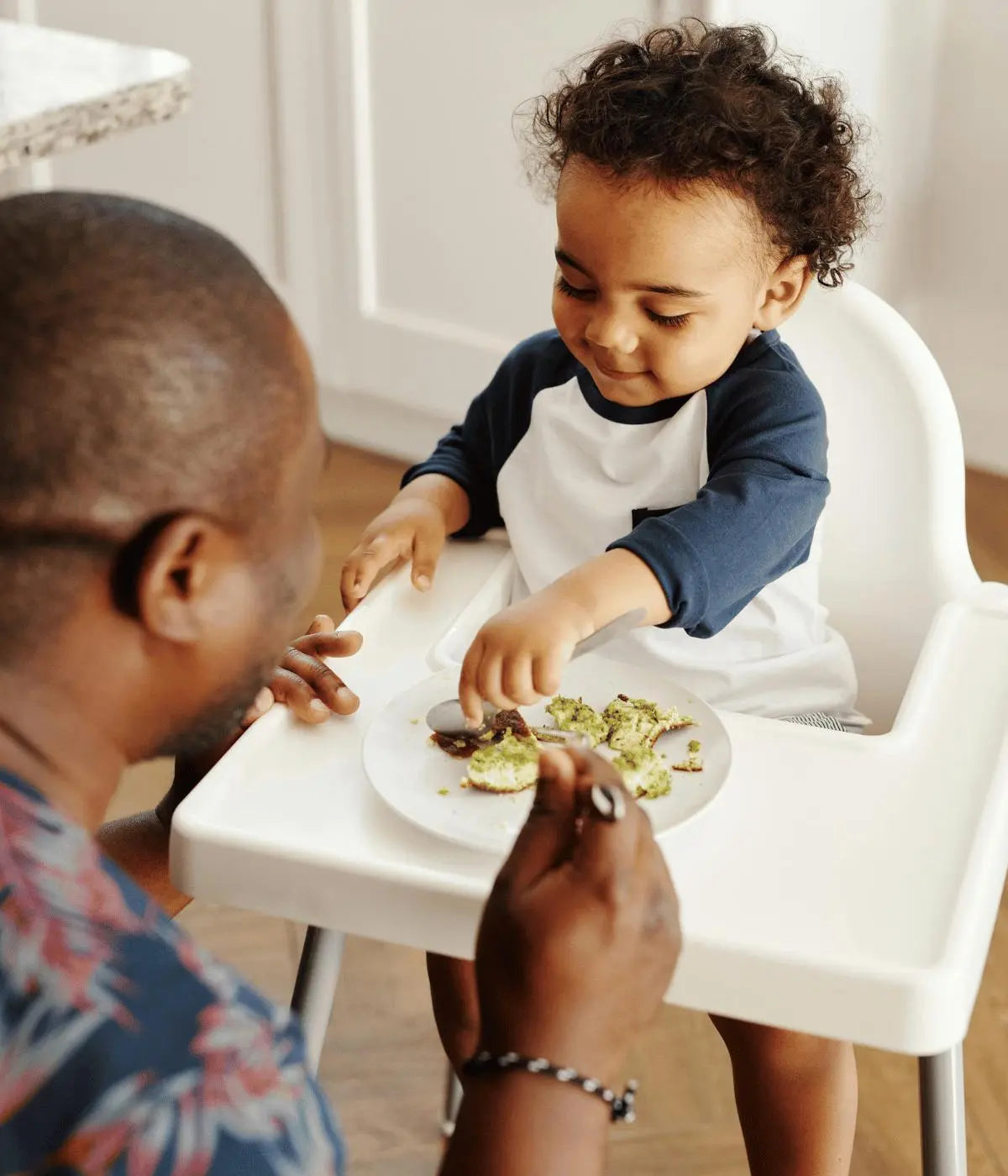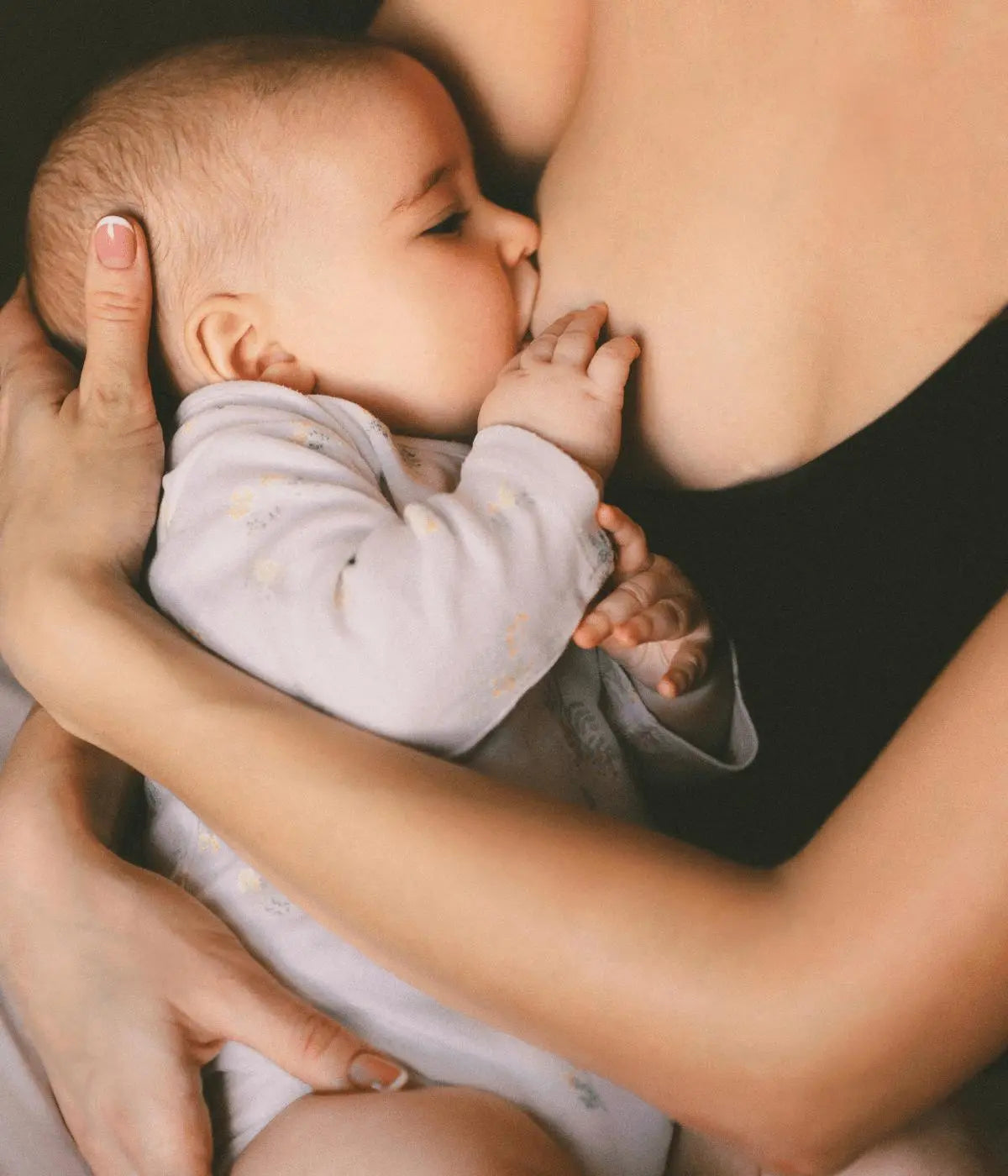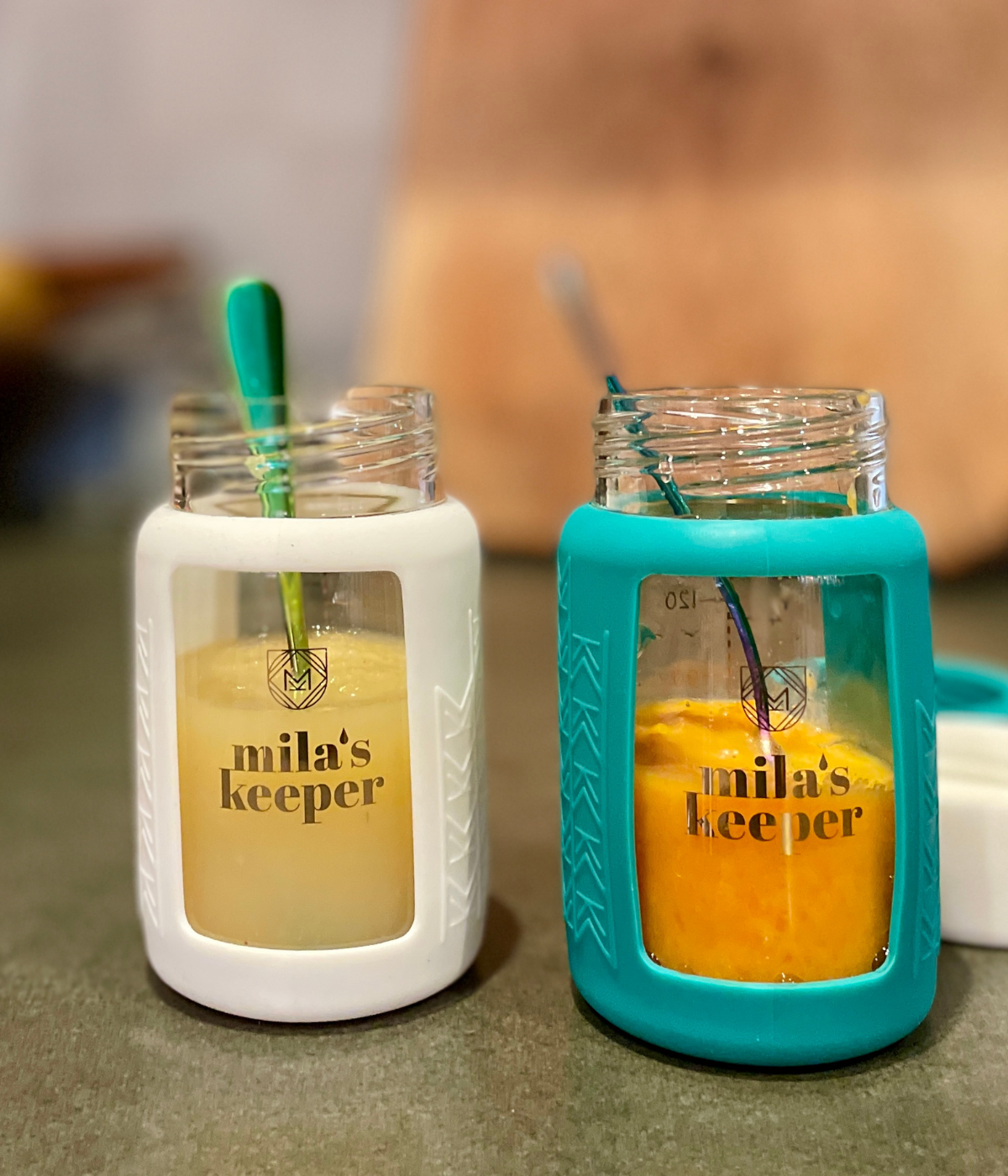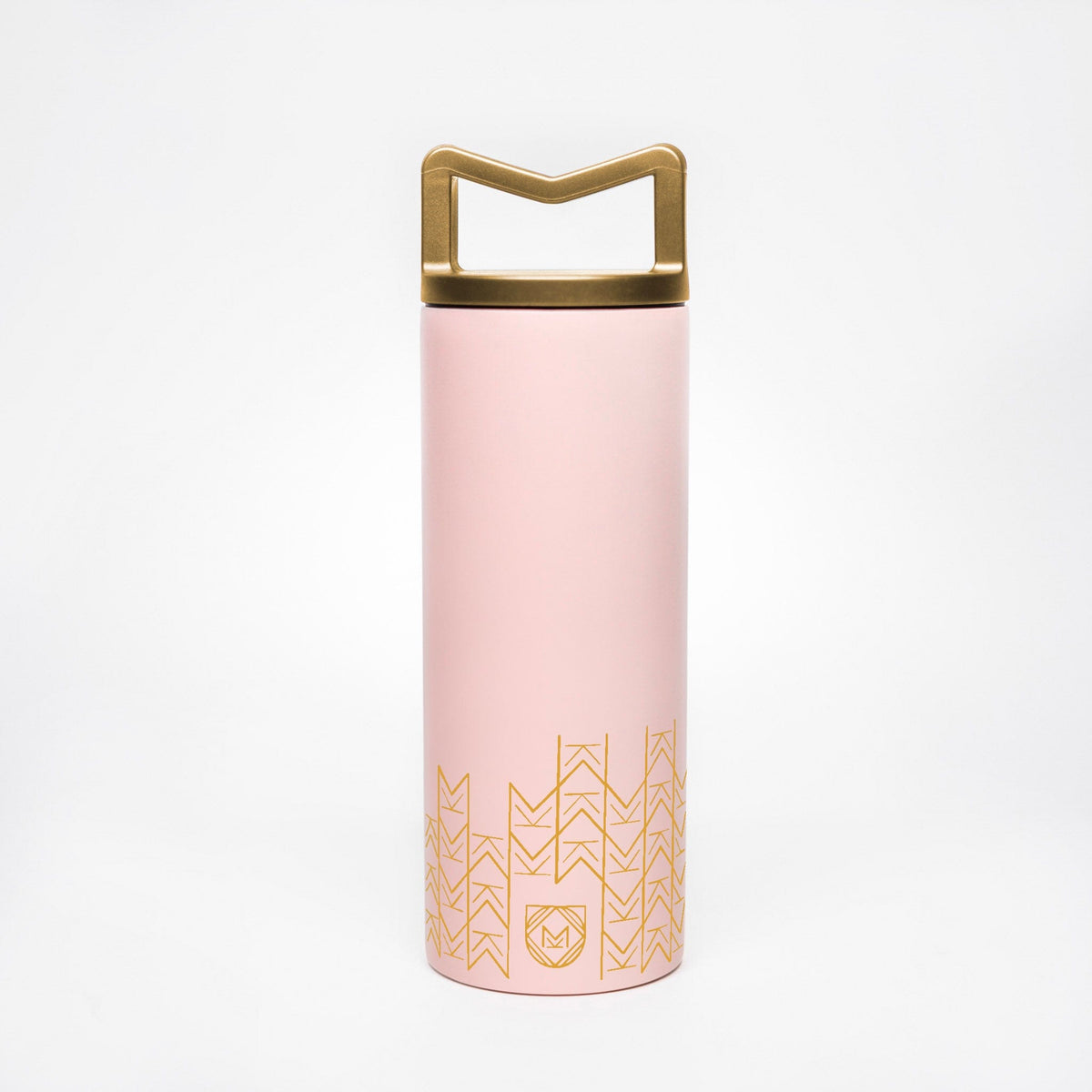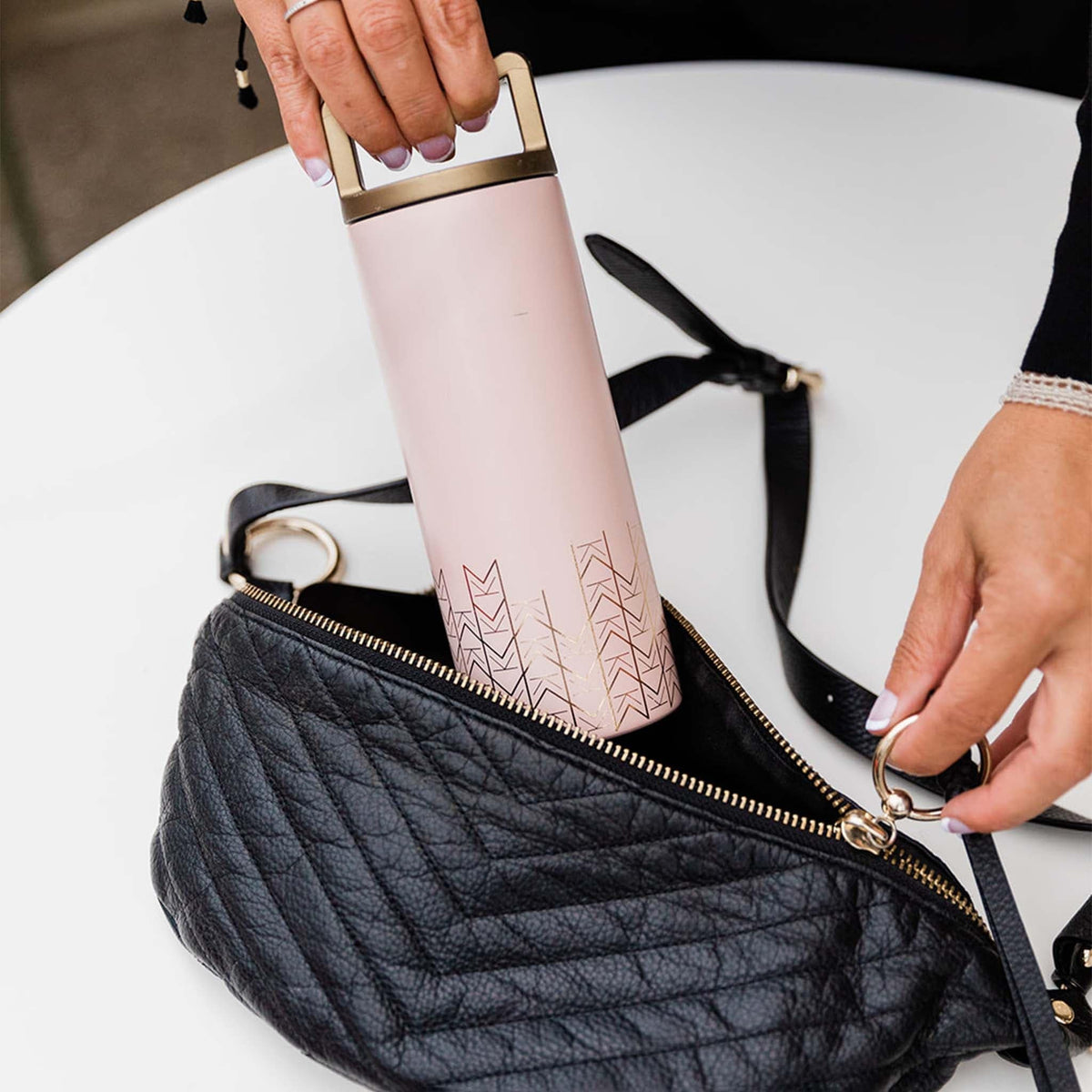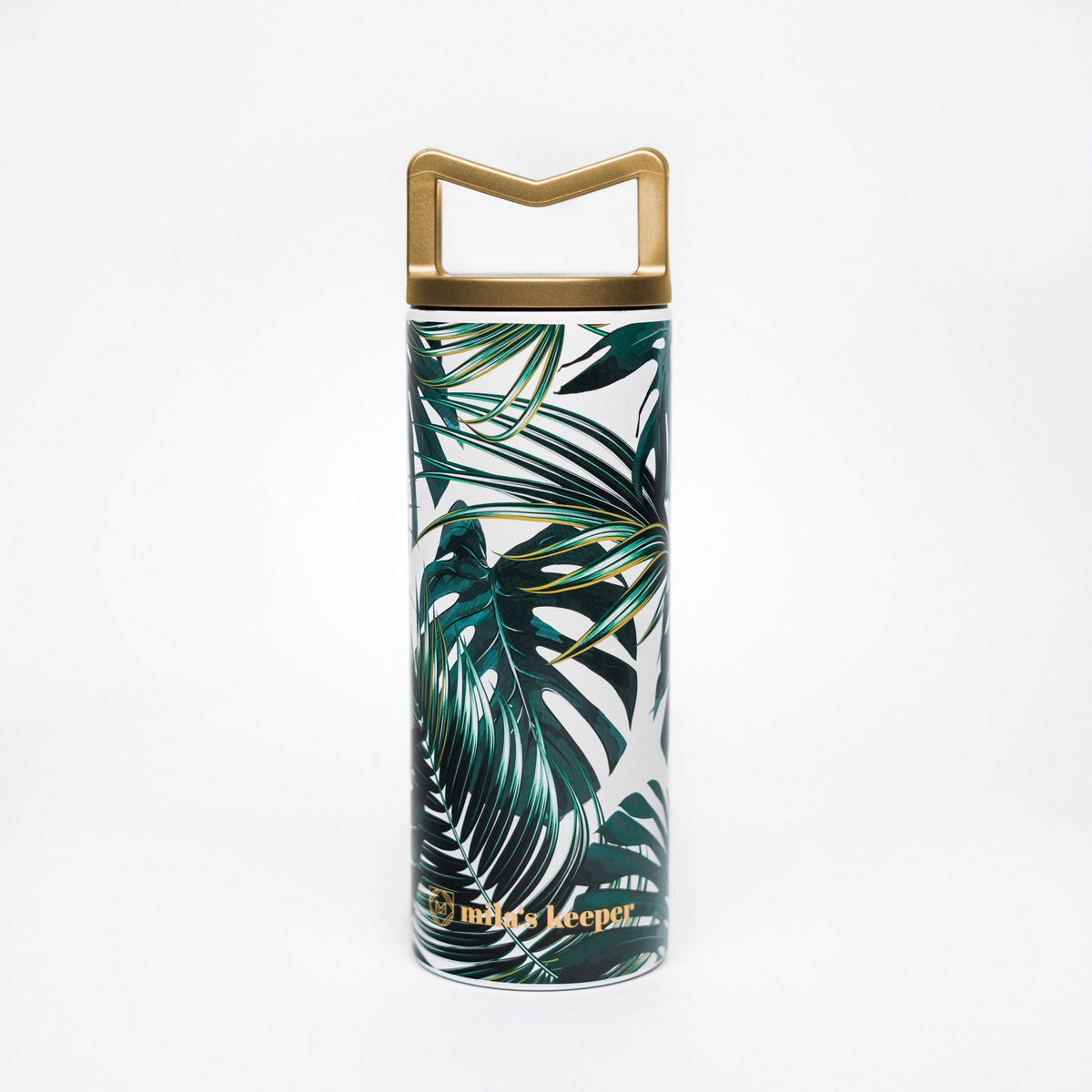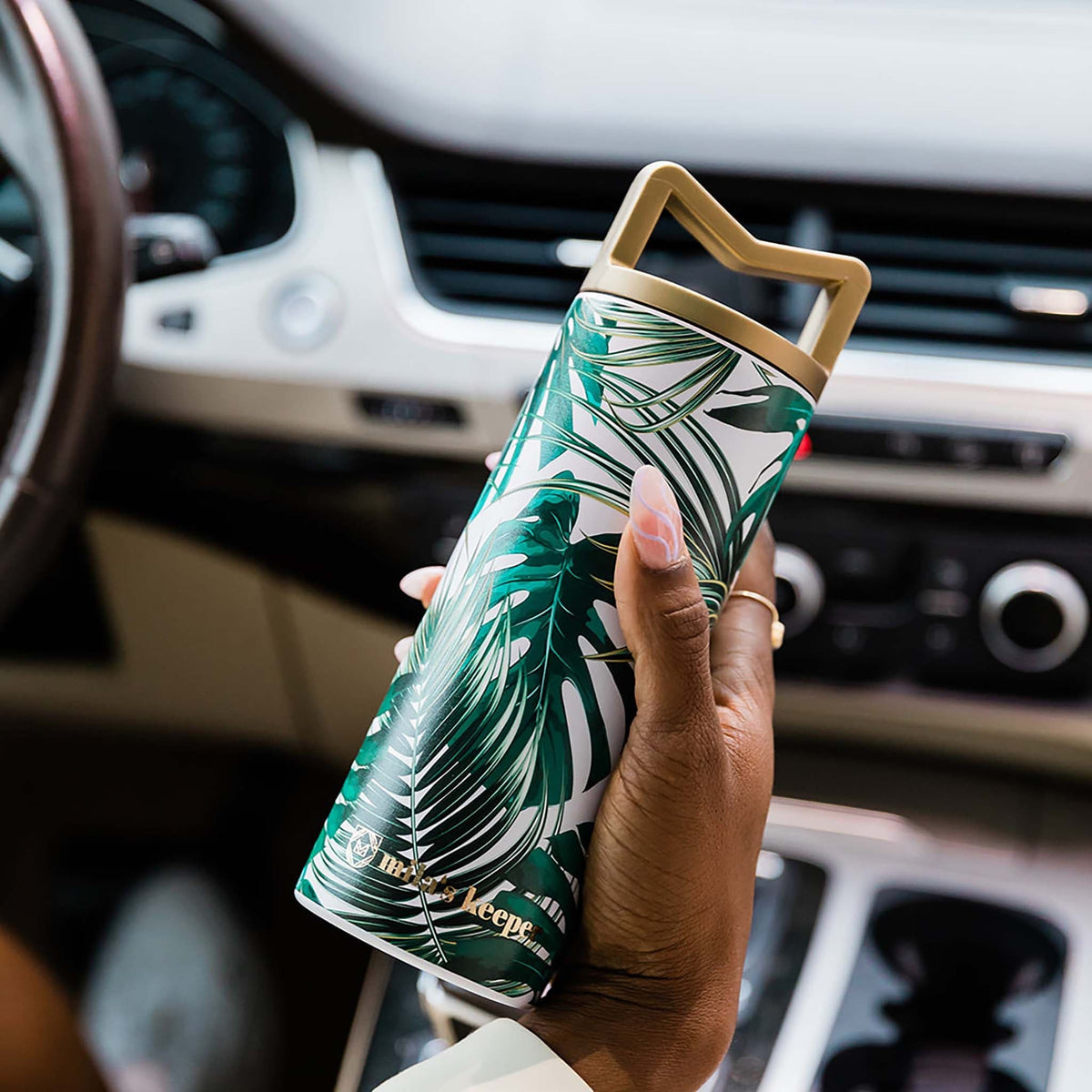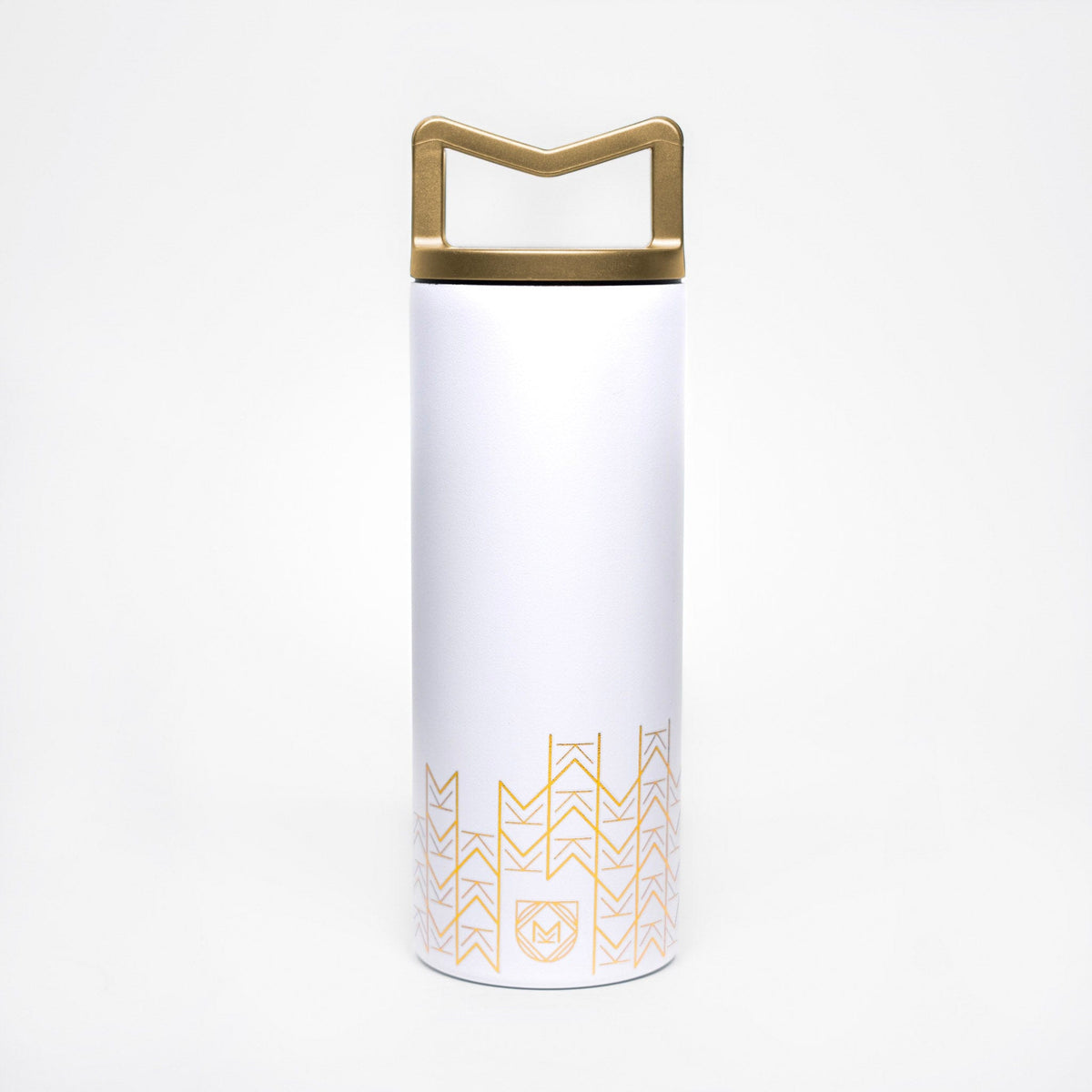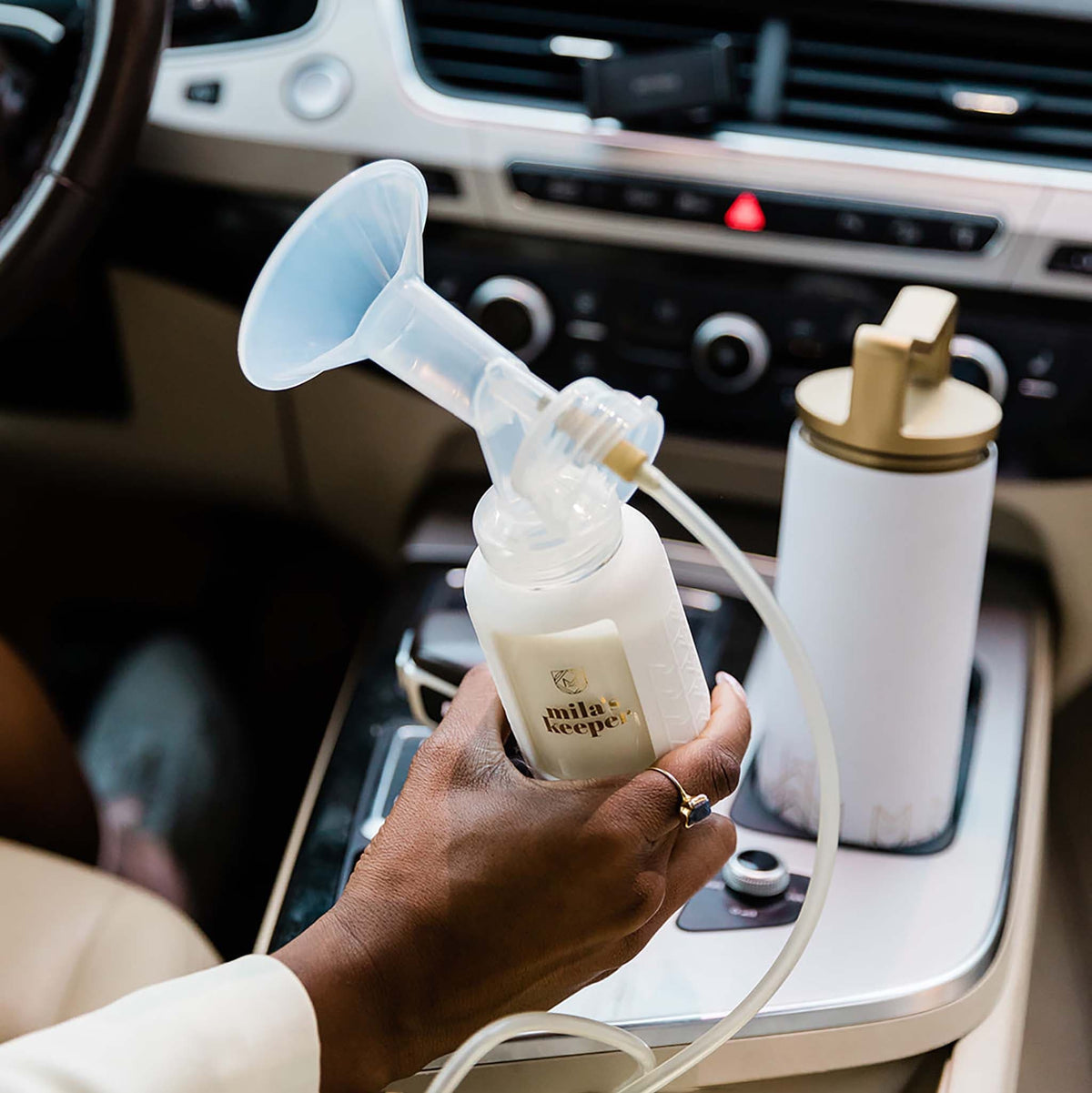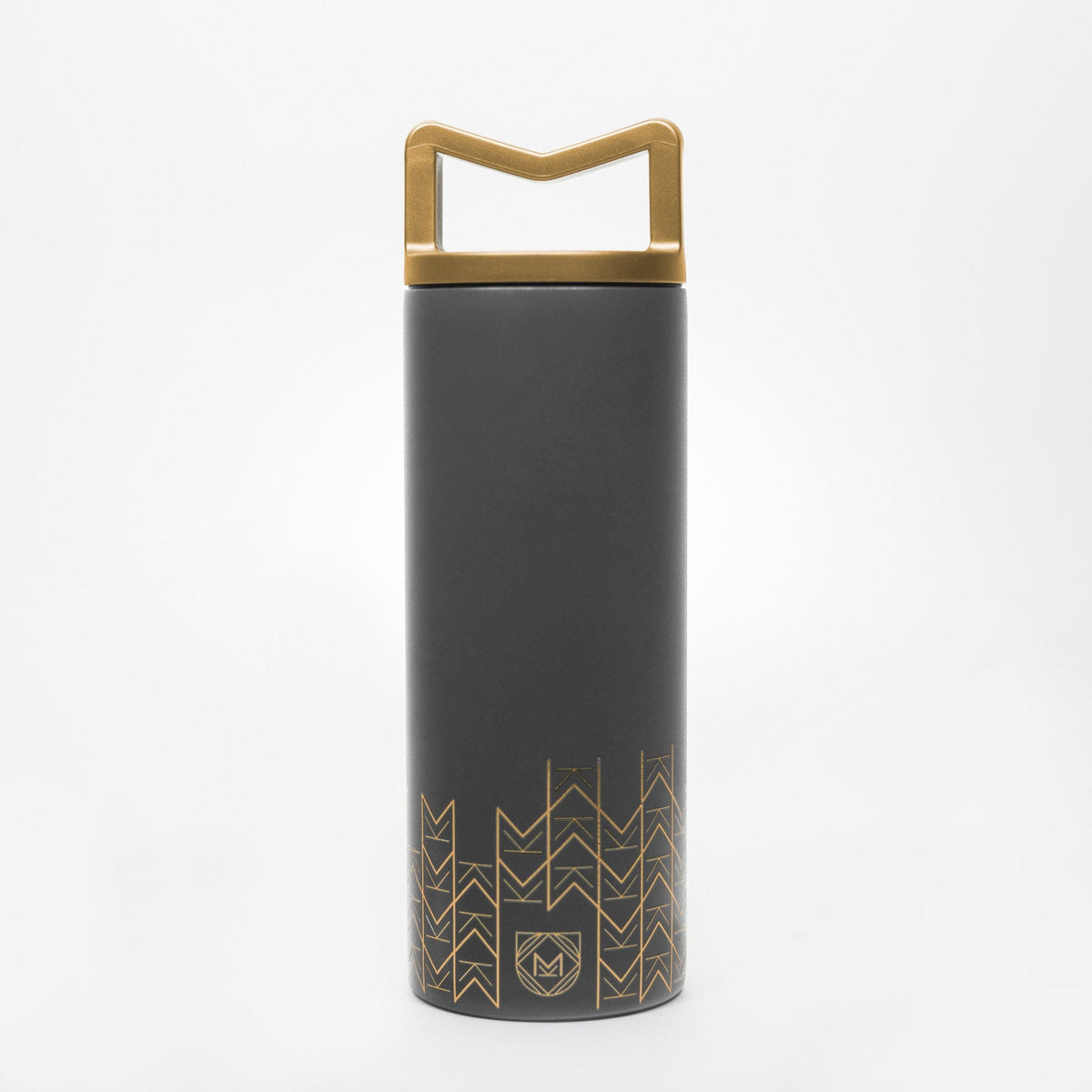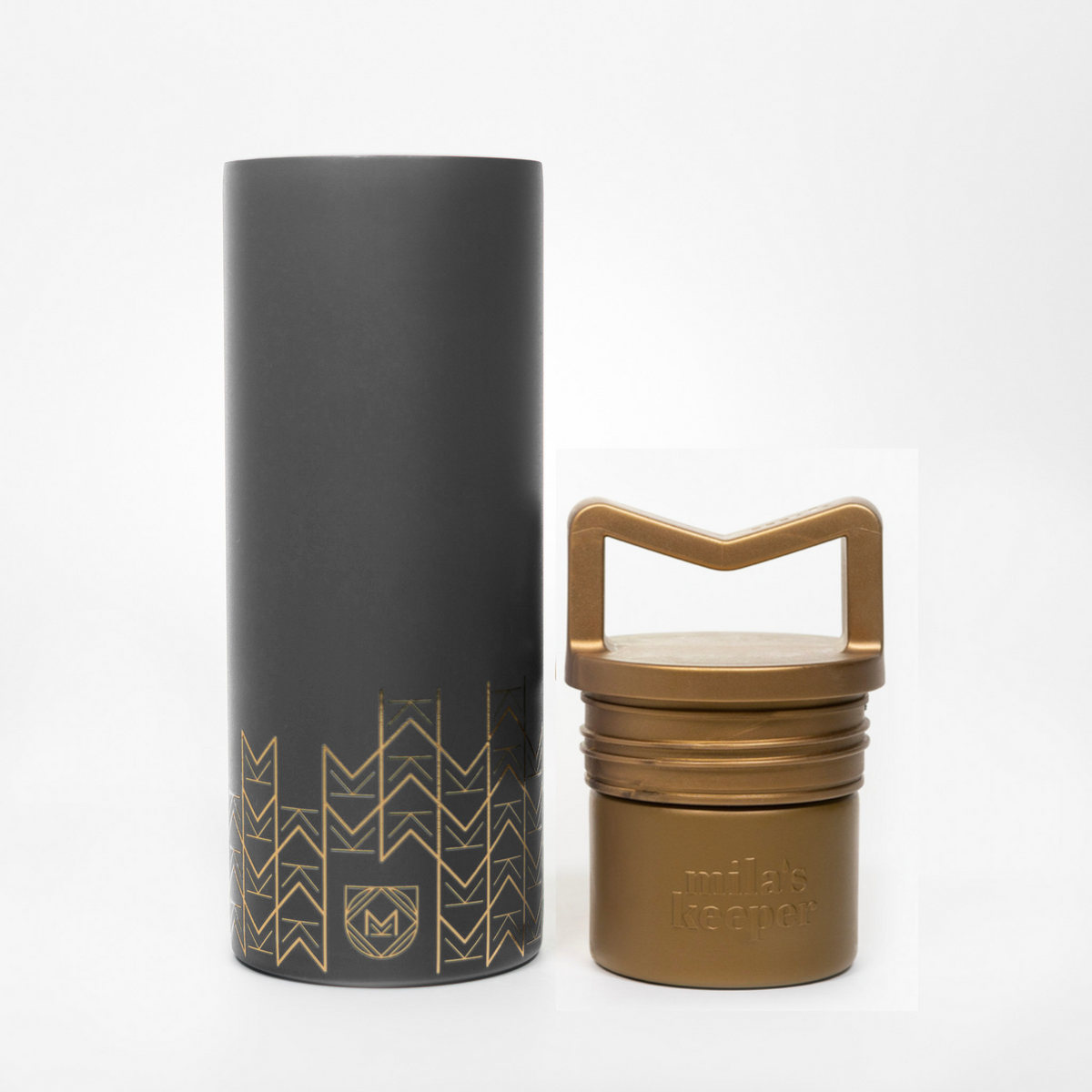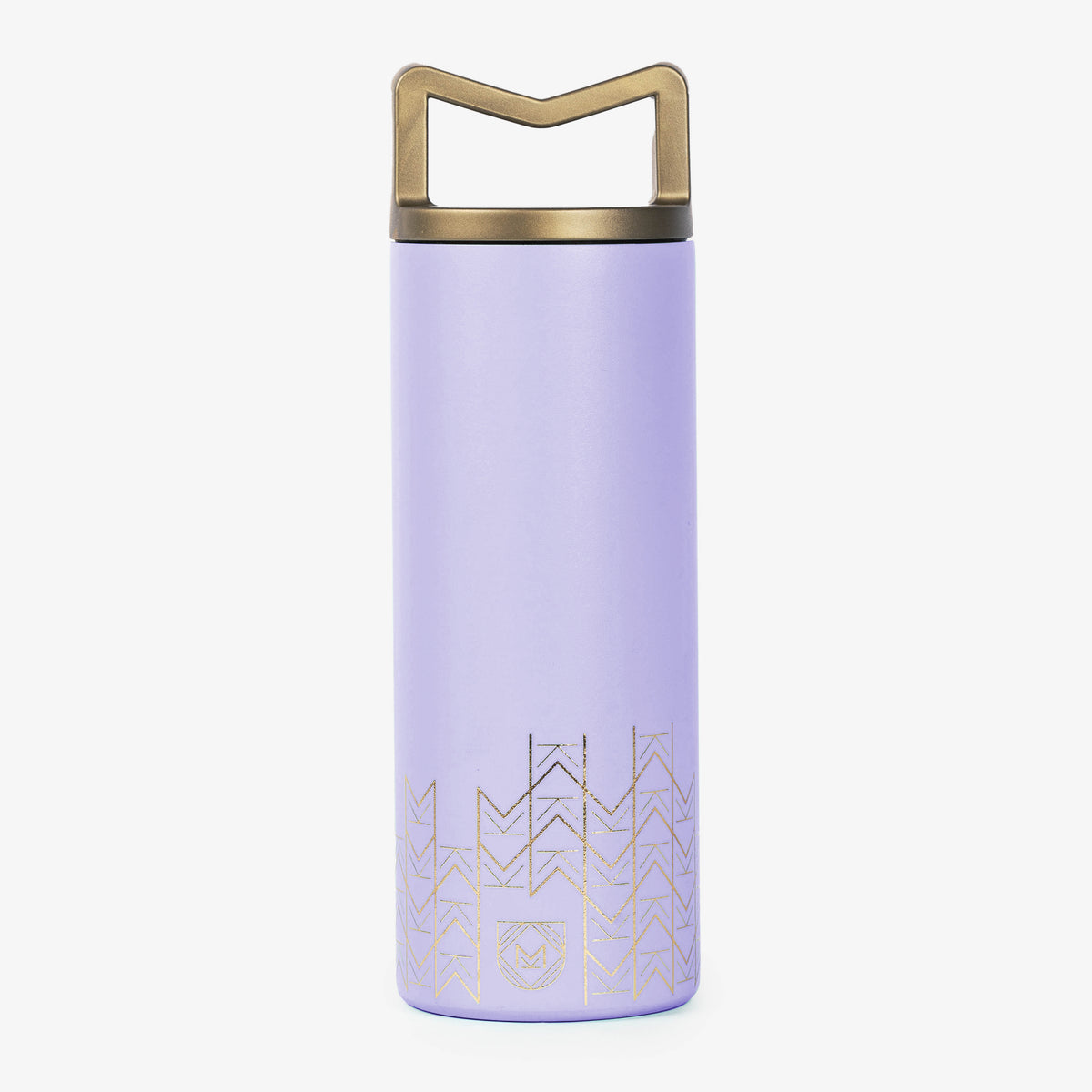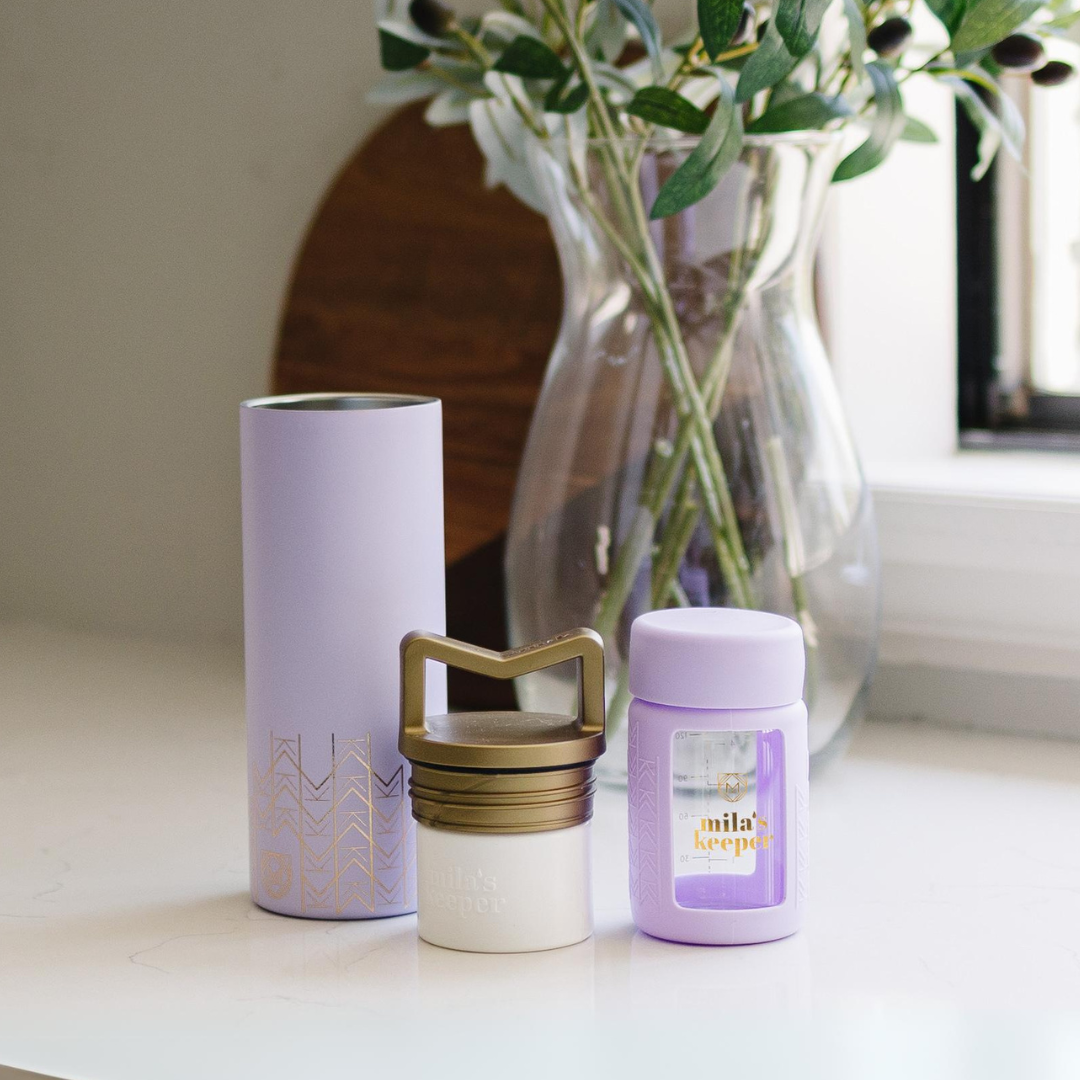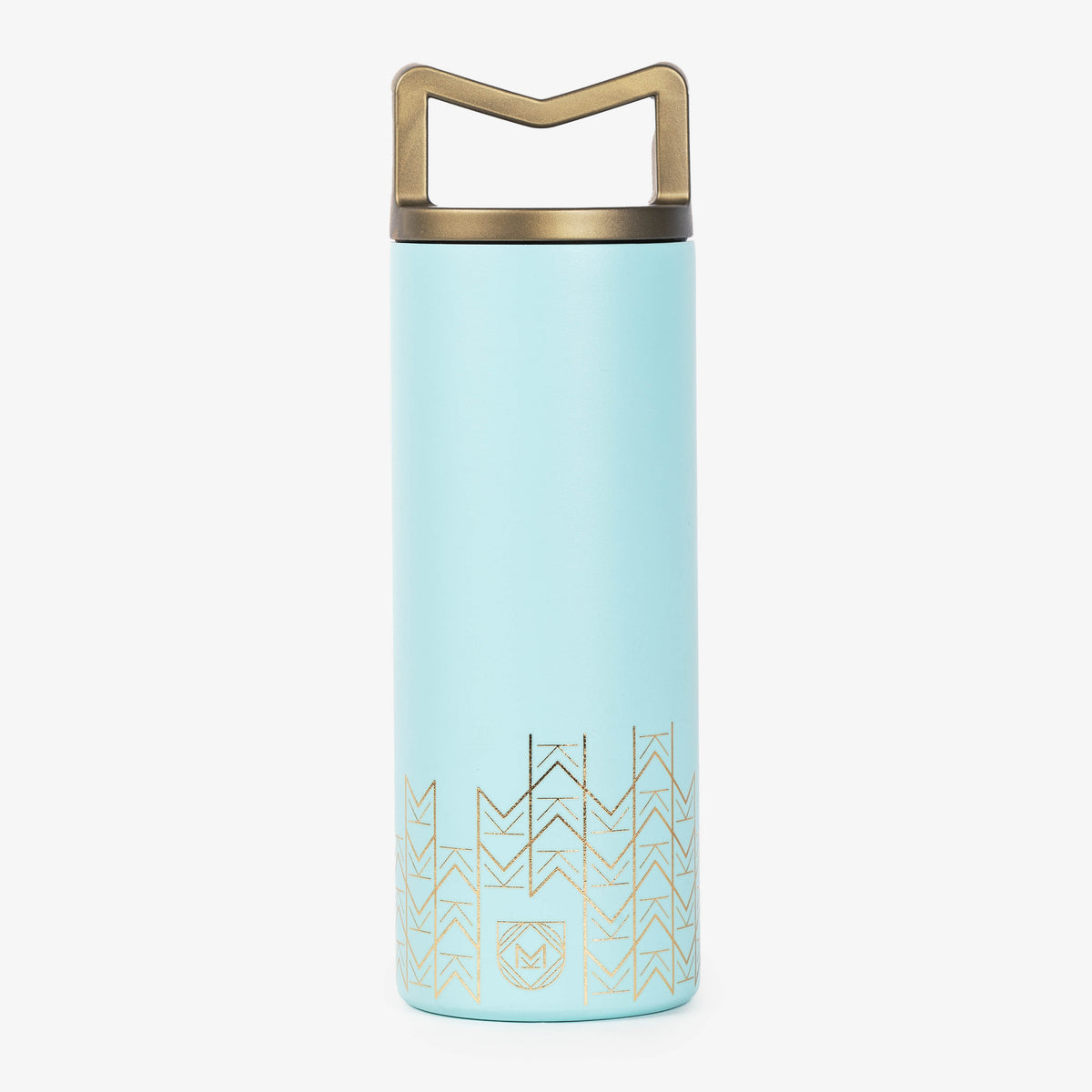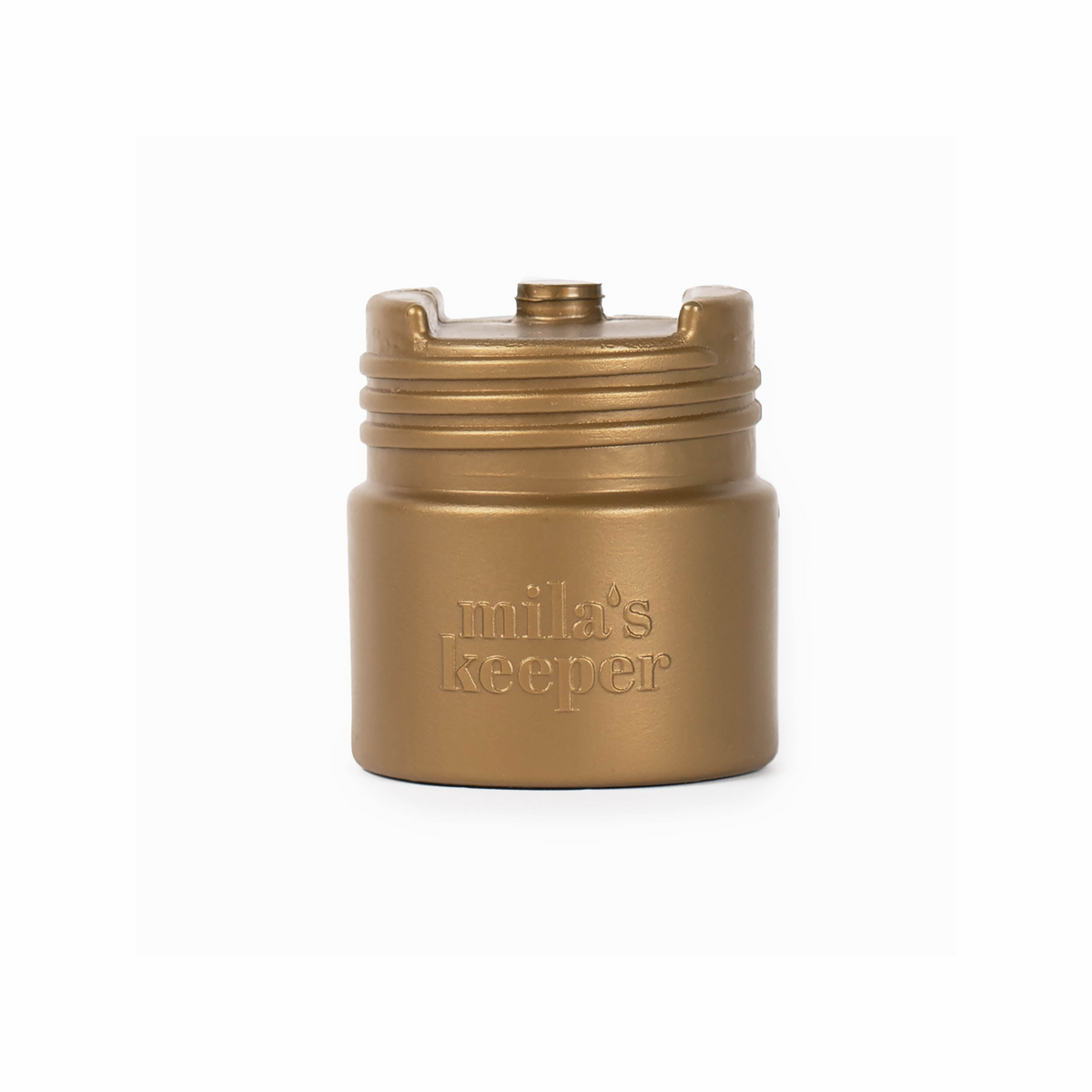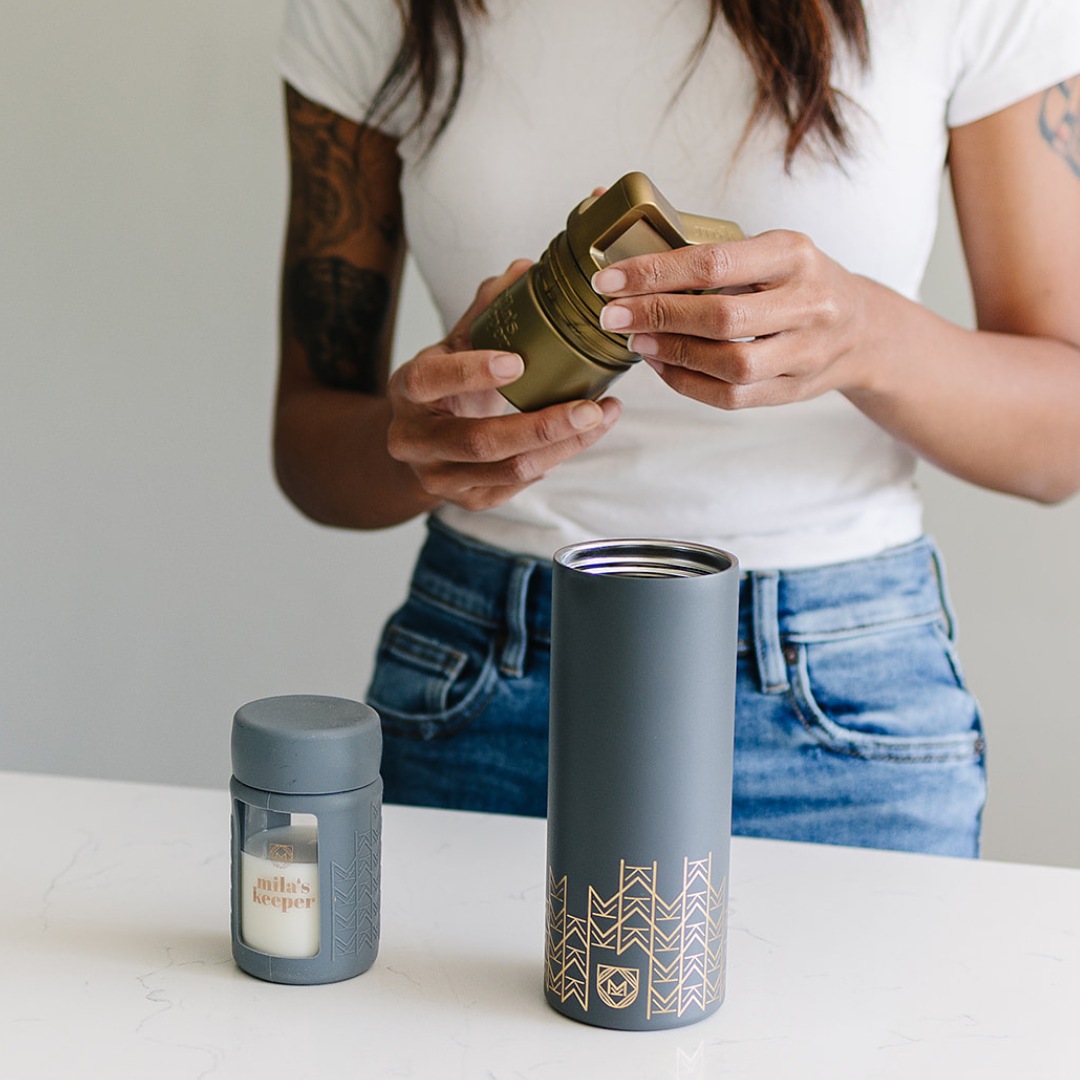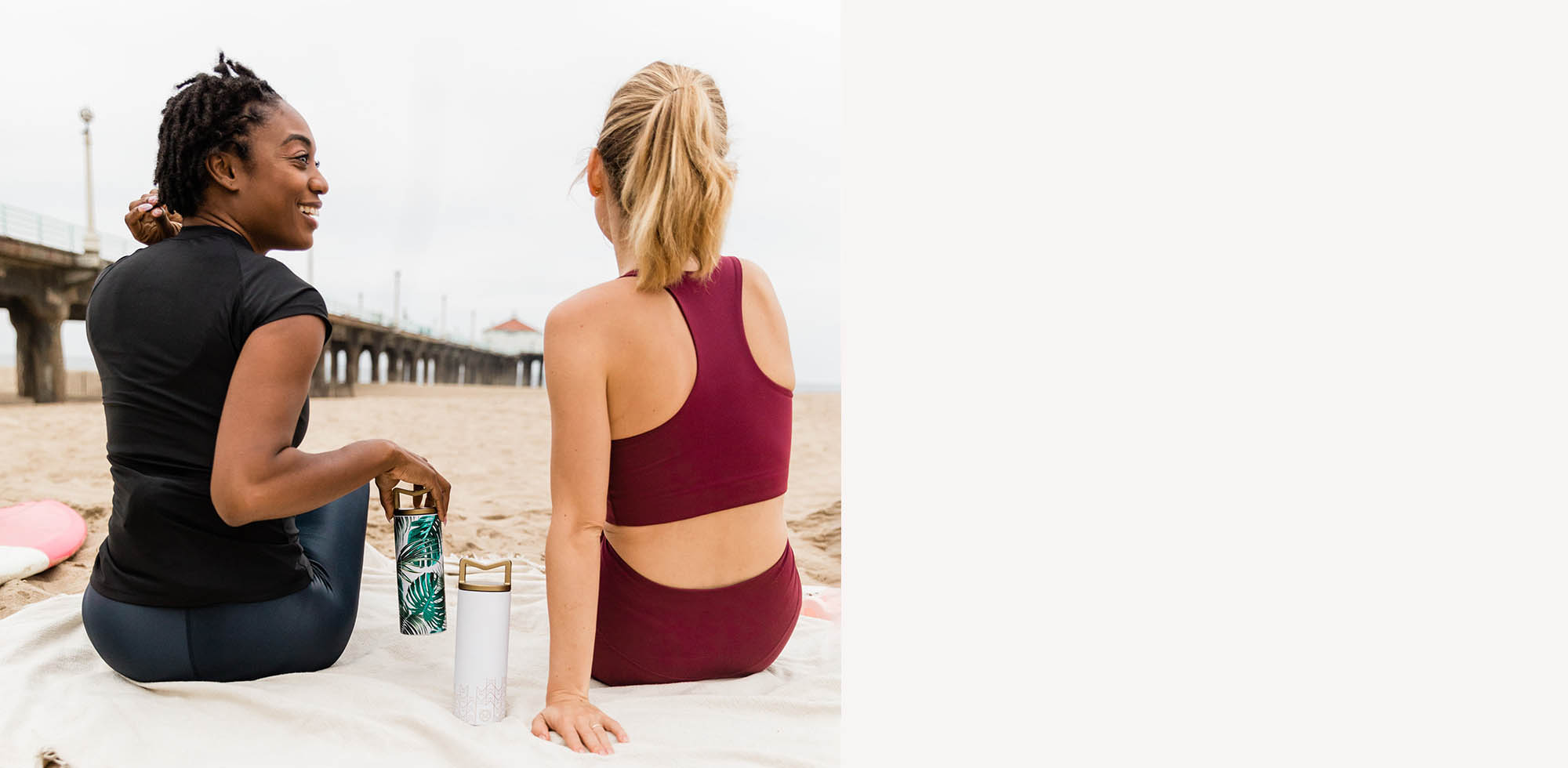One major milestone in a baby's life is their first taste of food. Many parents eagerly discuss and plan what this moment will be like, often commemorating it with pictures, posts, or journal entries.
Traditionally, this milestone has involved spoon-feeding pureed baby food to the little one, with the parents excitedly introducing each new flavor. However, a growing number of parents are now opting for a different approach known as baby-led weaning (BLW).
BLW is a feeding method that encourages infants to feed themselves right from the start of their solid food journey. Advocates of BLW believe that it allows babies to explore a variety of nutritious foods at their own pace, promoting independence and the development of fine motor skills.
As more parents embrace the concept of baby-led weaning (BLW), it's important to understand what this approach entails and how it differs from traditional spoon-feeding methods. In this article, we'll delve into the principles of BLW, its benefits and challenges, and provide practical tips for parents considering this approach for introducing solids to their little ones.
Baby Led Weaning Guide: Empowering Your Child’s Feeding Journey
In the early 2000s, the World Health Organization (WHO) made a significant change to its infant feeding guidelines, recommending that parents start introducing solid foods to their babies at around 6 months of age instead of the previously suggested 4 months.
The decision to delay the introduction of solids was driven by several key factors. At around 6 months, most babies have developed the necessary physical skills, such as the ability to sit up with minimal support and coordinate their hands and eyes, making it easier for them to pick up and self-feed solid foods. Also, waiting until 6 months reduces the risk of certain health issues, such as allergies and digestive problems, which can be more common in younger infants.
Since the change in the WHO guidelines, baby-led weaning has become an increasingly popular alternative to spoon-feeding pureed foods, since babies are more physically ready to feed themselves than at 4 months.
At the heart of baby-led weaning is the belief in respecting a baby's natural cues for hunger and fullness. Instead of being spoon-fed by their caregivers, babies are encouraged to grasp and explore age-appropriate finger foods, developing their hand-eye coordination and chewing skills. By allowing babies to take the lead in their feeding journey, parents can foster a positive and relaxed mealtime environment, where the focus is on exploration and learning rather than on the quantity of food consumed.

Baby-Led Weaning Pros and Cons: What Parents Should Know
One of the key benefits of baby-led weaning is its potential to prevent picky eating habits. By introducing a wide variety of textures and flavors early on, babies are more likely to accept and enjoy a diverse range of foods as they grow older. Research has shown that children who were introduced to solids through baby-led weaning are less likely to be fussy eaters and more willing to try new foods compared to those who were spoon-fed.
Baby-led weaning is believed to promote the development of healthy eating habits and a positive relationship with food. By allowing babies to choose what and how much to eat, parents can help them develop a sense of autonomy and self-regulation when it comes to food. This can be particularly beneficial in preventing overeating and obesity later in life.
Another big benefit of BLW is its potential to prevent food allergies. Introducing allergenic solids, like peanuts and eggs, early on is the only proven strategy supported by evidence to reduce the risk of food allergies. The introduction of allergenic foods should happen within the first 11 months for a baby.
Simplifying meal preparation for parents is another benefit of BLW and something most parents would welcome. Rather than preparing separate purees or mashed foods, parents can offer babies age-appropriate finger foods that the rest of the family is eating, making mealtimes more convenient. BLW can be a more cost-effective option, as it eliminates the need to purchase special baby food products.
Despite its benefits, BLW also comes with its challenges and concerns. One common concern is the risk of choking. Since babies are feeding themselves from the start, there’s a perception that BLW increases the risk of choking compared to traditional spoon-feeding. However, research suggests that BLW doesn’t increase the risk of choking when appropriate foods are offered and parents are educated on safe feeding practices. In fact, babies that have the least amount of experience with finger foods might have an increased risk of choking.
Being a little nervous about choking is a normal thing for parents when their little one starts to eat solids. One way to ease your mind would be to take a first aid class so that you would be more confident in your abilities to handle a situation involving choking. You’ll also want to make sure you know the difference between gagging and choking. Gagging is a normal part of babies learning to eat solid foods. When a baby is gagging their face might be red and they're making noise while trying to move the food out. In the case of choking, the baby will start to turn blue and will be silent. You want to be sure you know what to do in that situation.
Another challenge of BLW is the potential for nutritional deficiencies. Some parents worry that babies may not consume enough iron-rich foods, which are important for growth and development. However, research has shown that BLW didn’t lead to a risk of deficiencies. Keep in mind that for the first 6 to 12 months of a baby’s life, they’ll be meeting almost all of their nutritional goals with breast milk or formula. The food that they’ll be eating should just be supplemental to that and won't be their main source of nutrients.
It's also important to address the myth that BLW is too messy and time-consuming. While BLW may result in more mess compared to spoon-feeding, it can also be a fun and engaging experience for both parent and child. With proper preparation and supervision, BLW can be a rewarding feeding approach that promotes healthy eating habits and independence in babies.
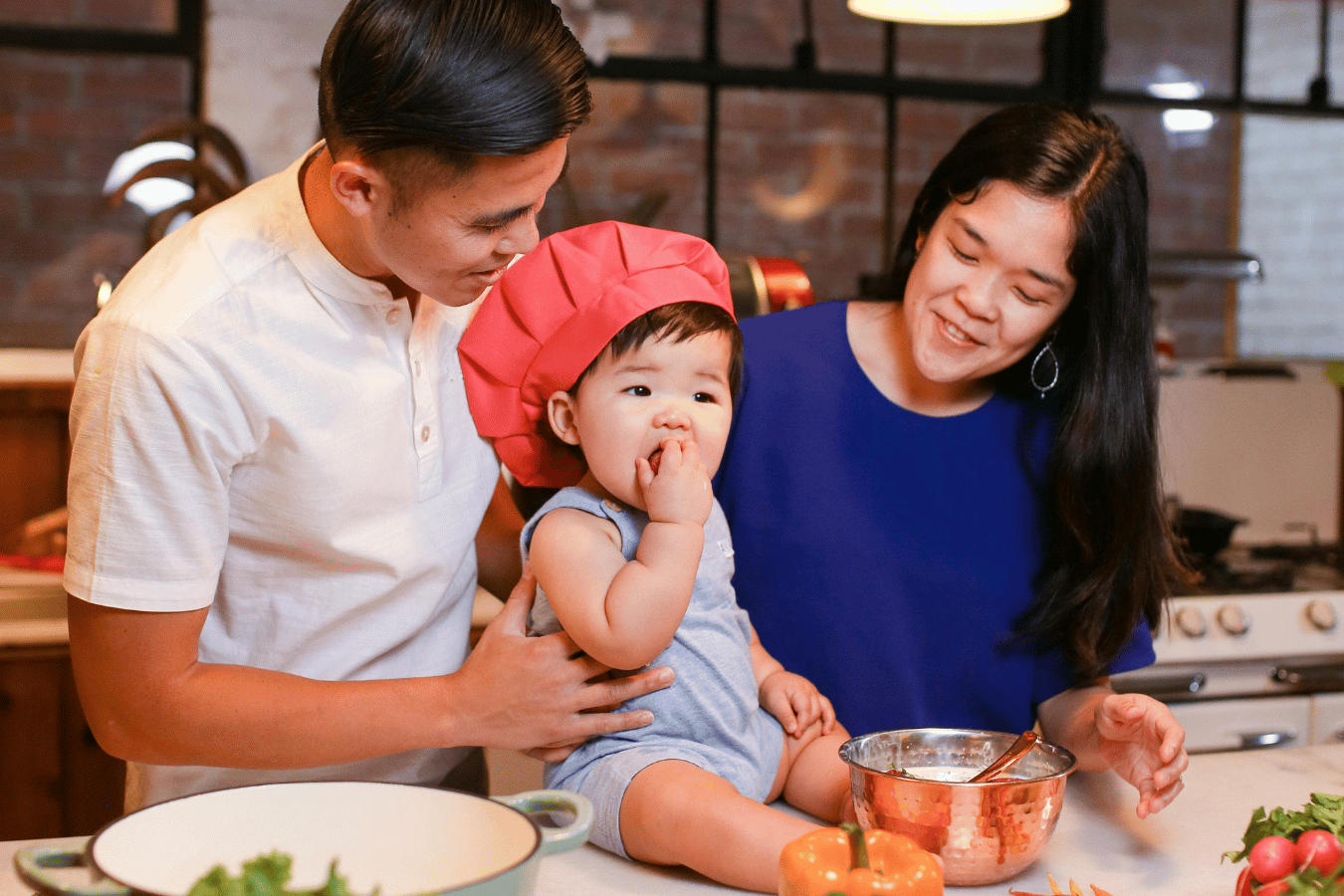
How to Start Baby-Led Weaning: A Step-by-Step Approach
Before beginning BLW, you’ll want to make sure that your baby is developmentally ready. Most babies are ready for BLW around six months of age when they can sit up unsupported and have lost the tongue-thrust reflex, which helps prevent choking. Try giving them a thickened substance to see if they can get it from the front of their mouth to the back so they can swallow. Look for signs that your baby is interested in food, such as reaching for your food or showing curiosity during meal times.
To introduce BLW, start by offering your baby a few pieces of food at a time, allowing them to explore the textures, tastes, and smells at their own pace. Let your baby take the lead and decide how much to eat. Remember, breast milk or formula will still be the primary source of nutrition for your baby during the first 6 to 12 months, so don't worry if they don't eat much solid food at first.
There are a couple of ways to give your baby their first solid food. One way is to use a spoon specifically designed for babies to help feed themselves. You can pre-load the spoon with something like avocado, put the spoon in their hand and let them put it in their mouth. You may have to guide the spoon a little at first, but give them the chance to work it out after that, and they'll probably catch on pretty fast.
You can also start with larger pieces of food. You don't want to cut it up into tiny pieces at first since the baby won't be able to pick it up and put it in their mouth. You want pieces of food about the size of your adult pinky that the baby will be able to scoop up and feed themselves.
Throughout the BLW process, it's important to supervise your baby closely during meal times to prevent choking and ensure they are eating safely. Offer foods in a relaxed and positive environment, and be patient as your baby learns to feed themselves. BLW is a journey of exploration and discovery for both parent and child, so enjoy the experience and celebrate each new food your baby tries.
Baby Led Weaning Starter Foods: Nutritious and Safe Choices
When starting BLW, you’ll want to offer age-appropriate foods that are soft and easy to grasp. Good first foods include steamed vegetables like sweet potato or butternut squash. Avoid foods that are hard, small, or difficult to chew, as well as foods that are choking hazards, such as whole grapes, nuts, or popcorn.
Another great option is ripe fruits, such as banana slices, avocado wedges, and peeled pear or peach slices. These fruits are soft and easy for your baby to pick up and mash with their gums. They also provide valuable nutrients like potassium, healthy fats, and vitamins.
For protein-rich options, consider offering well-cooked legumes like chickpeas or black beans, as well as soft-cooked meats or poultry. These foods are important for your baby's muscle development and overall growth. Be sure to cook meat thoroughly and remove any bones or tough connective tissue to prevent choking hazards.
When offering food to your baby, it's important to pay attention to shapes, sizes, and textures. Cut foods into long strips or sticks that are easy for your baby to grasp with their fist. Avoid round or coin-shaped foods that can pose a choking risk. Choose foods that are soft and easy to mash with your baby's gums, as they are still learning to chew.
Continue to offer a variety of textures and flavors to help develop your baby's palate and encourage healthy eating habits. If your baby doesn’t eat much of the food you’re offering, it’s not a big deal. Keep offering it, without forcing it. BLW is all about the baby practicing eating and introducing them to a variety of food.
Introducing a variety of nutritious foods early on can help your baby develop a taste for different flavors and textures. As always, supervise your baby closely during meal times and be prepared for some mess as they explore and experiment with new foods.

Baby Led Weaning vs Purees: Choosing the Best Method
When it comes to starting your baby on solid foods, the choice between baby-led weaning (BLW) and traditional puree feeding can be a challenging one.
One of the main differences between BLW and purees is the level of independence and control given to the baby. BLW allows babies to be in control of their eating, helping them develop important skills such as hand-eye coordination and chewing.
BLW is often praised for its potential to prevent picky eating habits and promote a healthier relationship with food. By allowing babies to explore different foods and textures at their own pace, BLW may help them develop a more adventurous palate and be more accepting of new foods later in life. However, BLW can be messy and may not be suitable for all families, especially those with limited time or who prefer a more structured approach to feeding.
Purees can be a convenient option for busy families or for babies who may not be ready for the textures of solid foods. However, some experts argue that purees may delay the development of important oral motor skills needed for chewing and swallowing.
Ultimately, the choice between BLW and purees depends on your family's individual needs and preferences. Some families may choose to combine both methods, offering a mix of purees and finger foods to their babies.
Since puree foods have typically been the popular choice to start babies on solids, some parents might be more comfortable with that method. If you’re interested in going the BLW route but you’re not fully comfortable with the process, make sure you speak with your pediatrician to get their opinion and guidance.
Essential Baby-Led Weaning Products for a Smooth Experience
When embarking on the exciting journey of baby-led weaning (BLW), having the right products can make the experience smoother and more enjoyable for both parents and babies. There are plenty of innovative feeding solutions that can get parents prepared for feeding their baby solids at home and on the go.
One essential product for BLW is a high chair that provides proper support and safety for your baby during meal times. Look for a high chair that is sturdy, easy to clean, and adjustable to accommodate your growing baby's needs. Another essential product is a set of baby-friendly utensils, such as soft-tipped spoons and forks, that are gentle on your baby's gums and easy for them to grasp.
Easy-to-carry containers for meals on the go should also be part of a parent’s kit, as well as some good cleaning-up supplies like wipes or washcloths.
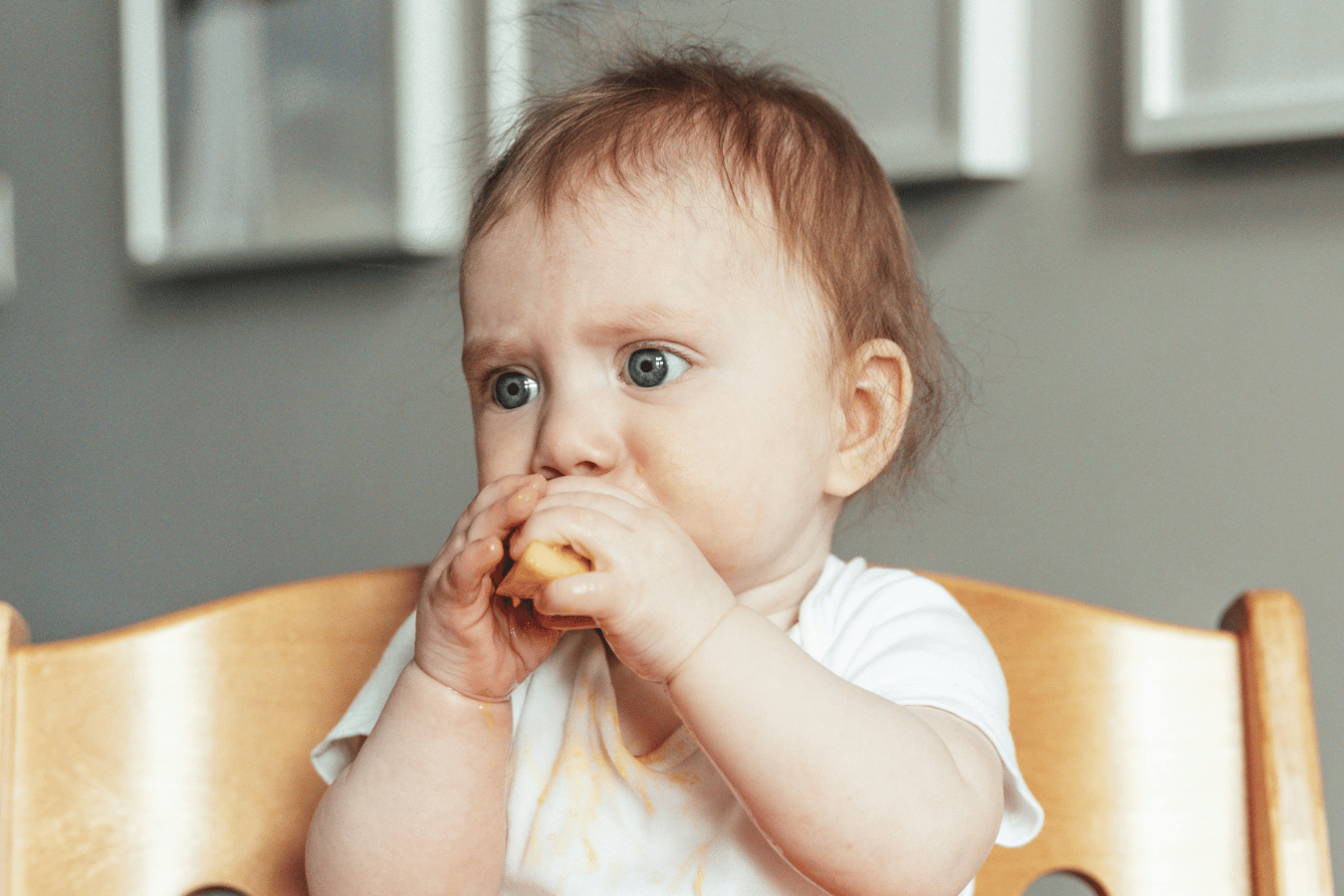
In conclusion……
Embracing baby-led weaning can be a great experience for both parents and babies. By allowing infants to take the lead in their feeding journey, BLW promotes a healthy relationship with food.
While BLW comes with its challenges and concerns, with proper education and supervision, many parents find BLW to be a rewarding and enjoyable approach to introducing solids. As always, we’re here to support and empower you on this journey with tips and advice to make the transition to solid foods a positive and enriching experience for both you and your little one.
Remember, every baby is unique, so it's essential to trust your instincts and follow your baby's cues. With patience, encouragement, and a sense of adventure, you can embark on this exciting journey of discovery and nourishment with confidence. Here's to happy and healthy eating for your baby!
For more on Baby Led Weaning, watch our interview with dietician and nutrition professor Katie Ferraro here.
Keep Reading related blog:
A female-designed and female-run company, Mila's Keeper is on a mission to empower women to thrive during their breastfeeding journey by offering reusable, eco-friendly breast milk storage solutions for their day-to-day needs. Get the latest tips and info on Mila's Keeper products by following us on Facebook, Twitter, Instagram, Pinterest, and LinkedIn.

